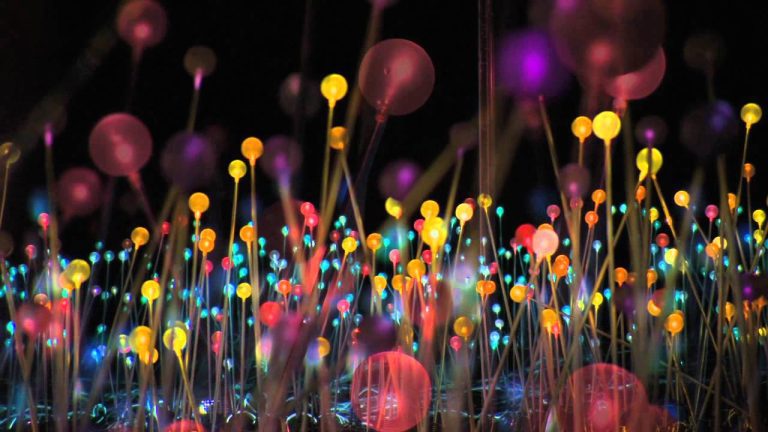The Power of Lighting in Everyday Life
Lighting is more than just a practical necessity—it shapes the way we experience our surroundings. Whether it’s the warm glow of a living room lamp or the dramatic spotlight on a theater stage, lighting influences mood, perception, and functionality. In both personal and public spaces, carefully designed lighting can elevate an environment from ordinary to inspiring.
Natural Light vs. Artificial Light
The foundation of good lighting often begins with natural light. Sunlight enhances well-being, boosts productivity, and reduces reliance on electricity. However, artificial light is equally important, especially in urban settings where buildings may limit access to natural rays. Innovations such as LED technology have made artificial lighting more sustainable, offering energy efficiency and versatility in design.
Functional and Aesthetic Roles of Lighting
Lighting serves two primary purposes: function and aesthetics. Functional lighting ensures safety and visibility—streetlights guide pedestrians at night, while task lighting supports activities like reading or cooking. On the other hand, aesthetic lighting adds depth, emotion, and character. Accent lights can highlight architectural details, while ambient lighting creates a sense of harmony in a space.
Harlem’s Legacy of Light and Expression
The cultural neighborhood of Harlem offers a unique perspective on lighting as a form of expression. From the glowing marquees of historic jazz clubs to the atmospheric stage lights that set the tone for legendary performances, Harlem demonstrates how illumination enhances artistic and social experiences. Public spaces in Harlem also benefit from creative street and community lighting projects that reflect the neighborhood’s rich heritage and vibrant identity.
Modern Trends in Lighting Design
Today, lighting design emphasizes efficiency, adaptability, and wellness. Smart lighting systems allow users to adjust brightness and color to suit different moods or activities. Designers are also exploring human-centric lighting, which aligns with natural circadian rhythms to improve sleep and focus. Beyond functionality, bold and creative fixtures are making lighting a central element of interior design rather than just a background feature.
Conclusion: A Universal Language of Light
Lighting is a universal element that connects cultures, communities, and individuals. From the soulful streets of Harlem to homes and cities around the globe, light continues to shape the way we live, work, and feel. By balancing function, sustainability, and creativity, lighting becomes not only a practical tool but also a powerful medium of expression and transformation.


